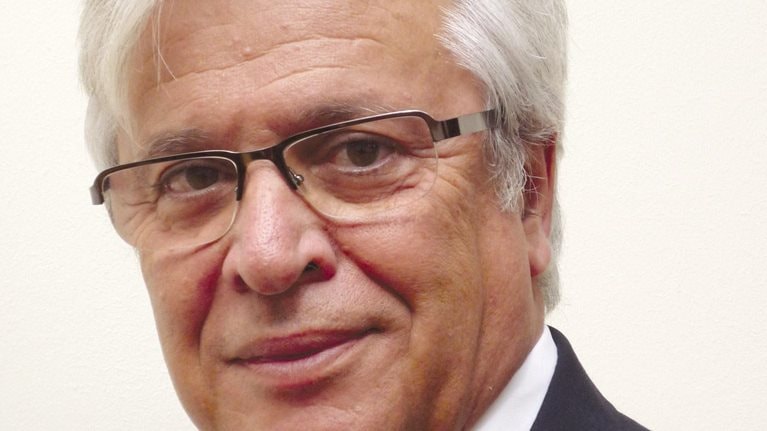Cities are productivity engines. They create productivity by enhancing the number and frequency of interactions. Higher population density equals higher frequency of interactions, and the more interactions there are, the more you can figure out what you’re good at and what you’re not. Then, we stop doing what’s not good, and we become better at the good. That’s specialization. That’s productivity. Doing that with as many people as you can creates the opportunity for growth.
The cities that are able to spread that interaction experience across their entire population are the ones that grow best and fastest. That’s because a city is not just a place to live. It’s a place to be employed and to experience having a new job and learning new skills. And if people aren’t able to do that—because they don’t have a home in the city, or they live too far from their work, or they have a sick parent for whom there’s no healthcare, or they have children for whom there’s no day care—those are people who are not experiencing as much productivity as they could. That’s a cost to the city. If they can’t be included, they will not be able to contribute.
That means that just being a city isn’t enough. There has to be a regulatory regime. There has to be an openness to absorb immigration. There has to be a willingness to provide for that kind of flow, whether it’s through public housing or transit or just giving people access to what they need in order to become more productive. As we know, two-thirds of the economic development and economic growth of cities is determined by their population flow. Migration is an incredibly important part of how a city develops. Cities that are not able to attract and retain talent or migrants shrink. People vote with their feet.

Voices on Infrastructure, Number 3
If we look at the major cities, they’re all immigrant hubs—whether it’s New York or London or Los Angeles or Shanghai or Beijing. Internal migration is as important as cross-border migration. And that’s the difference between looking at migrants as costs or as, if you will, assets, from an economic perspective.
If we look at immigrants as costs rather than assets, we treat them as costs. And if we reduce the amount, try to minimize spending on them, they will behave as costs, and we will reap that whirlwind. But if we view them as assets—people we can invest in, communities that can develop and become more productive over time and repay that investment through higher productivity—then in turn there will be a much better outcome for the society and for the immigrants.
Many mayors in many cities are taking action on their own. For example, minimum-wage movements are actually being driven by cities now, not by countries. So whether it’s Los Angeles or San Jose, this issue of inclusion at the grassroots level is actually a challenge that cities face first. As Fiorello La Guardia said, “There is no Republican or Democratic way to pick up the garbage.” It’s the city that ultimately has to decide how it’s going to act and how it’s going to treat people.
Download the full report from McKinsey’s Global Infrastructure Initiative, GII 2015: Post-event summary (PDF–6.8MB). Learn more about the event and explore its latest content on globalinfrastructureinitiative.com.


